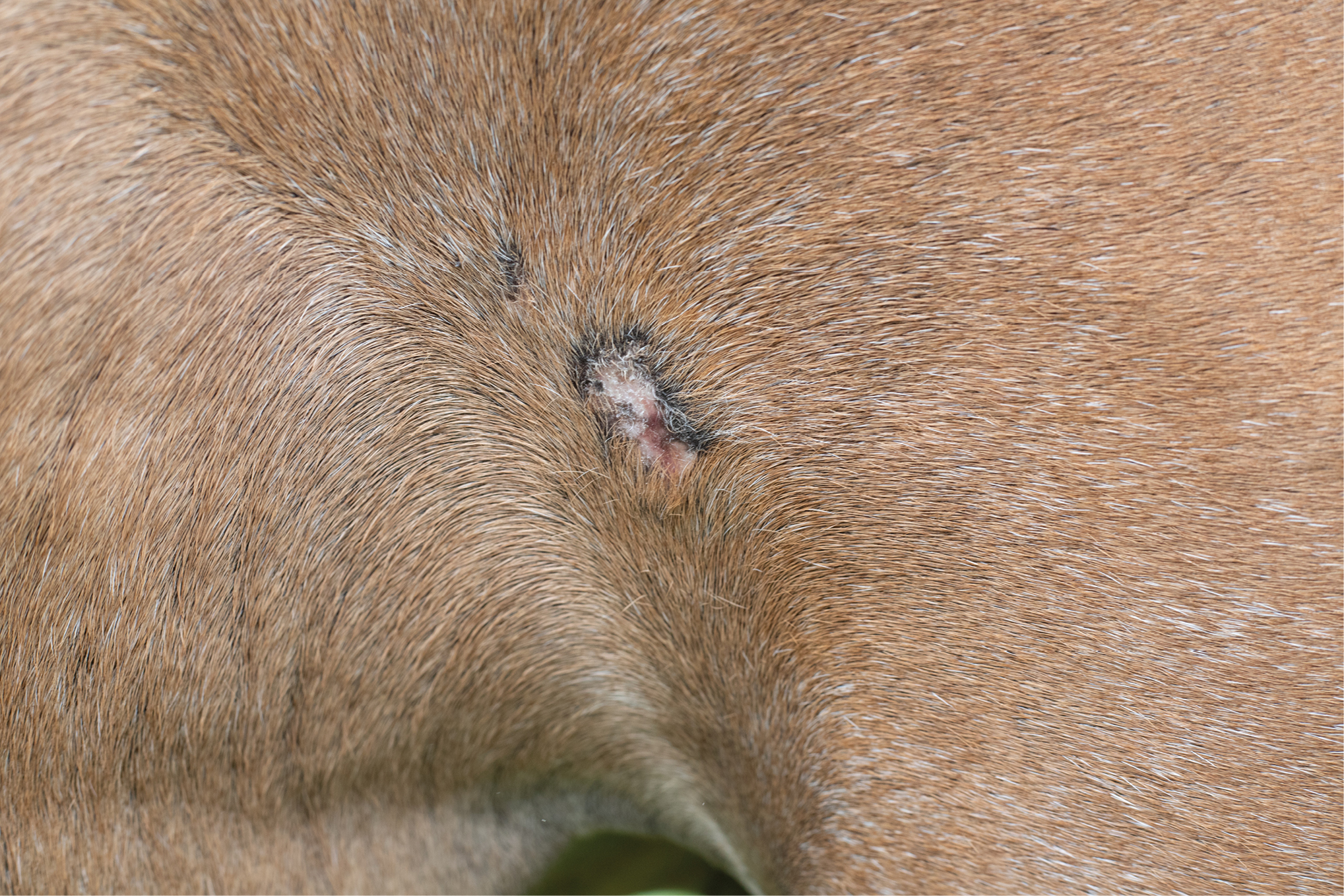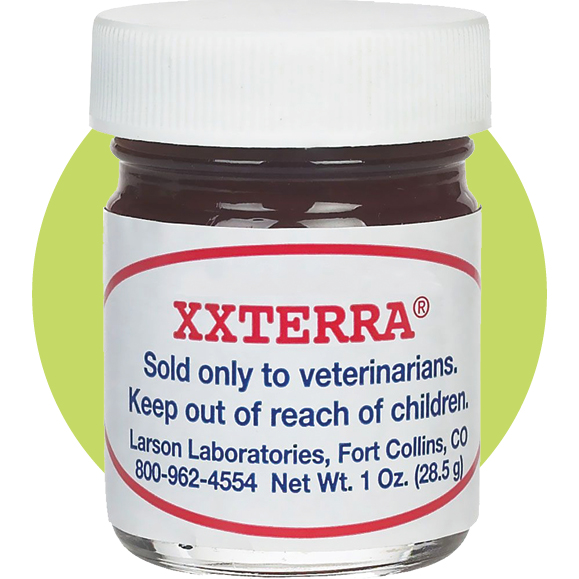A sarcoid is a benign skin tumor. It’s the most common skin tumor found on horses. Until recently, vets didn’t know what caused sarcoids, but now most believe they’re caused by a virus related to the cattle papillomavirus. Sarcoids are non-malignant, but they can multiply locally and grow quite large. They most commonly occur around the head, ears, and neck, but they occasionally pop up across the body and on the lower limbs.

Jillian Sinclair
Do sarcoids hurt?
For the most part, sarcoids don’t hurt. If they appear on a joint like the fetlock or the knee (which is rare), they can tighten the skin over that joint and cause pain. Sarcoids around the nose or ears can hurt a horse and create bad habits like head tossing when bridling. Flat sarcoids rarely cause pain.
How do you treat sarcoids?
Joe Stricklin, a long-time vet based in Greeley, Colorado, prefers to freeze off sarcoids in most cases.
“If you’re persistent, freezing will take three treatments,” Stricklin said. “That will clear up most sarcoids. But if you leave even the least piece of tissue, they say there are hundreds of thousands of virus particles in the part you leave. So they can come back five times worse.”
For deep, pedunculated sarcoids, Stricklin often cuts them out with a scalpel under local anesthetic and freezes the stumps to prevent reoccurrence.
What are the common types of sarcoids?
Sarcoids take three different forms.
Flat
Flat sarcoids (also called occult sarcoids) can be confused for ringworm, but they’re usually more scaly than a ringworm.
Warty
This type of sarcoid (also called a verrucous sarcoid) looks like a wart and can be confused for one. Generally, warts show up on the noses of weanlings, yearlings, and 2-year-olds, but sarcoids generally appear on older horses.
Pedunculated
These types of nodular sarcoids get very large and bulbous, and are very hard to the touch.

Topical treatment
Xxterra Herbal Paste is one of the only topical treatments for sarcoids. An herbal formulation of bloodroot powder and zinc chloride solution, Xxterra promotes inflammation of the sarcoid’s surface and alters the sarcoid cells so they become antigenic to the host. $129.99; xxterra.us.






